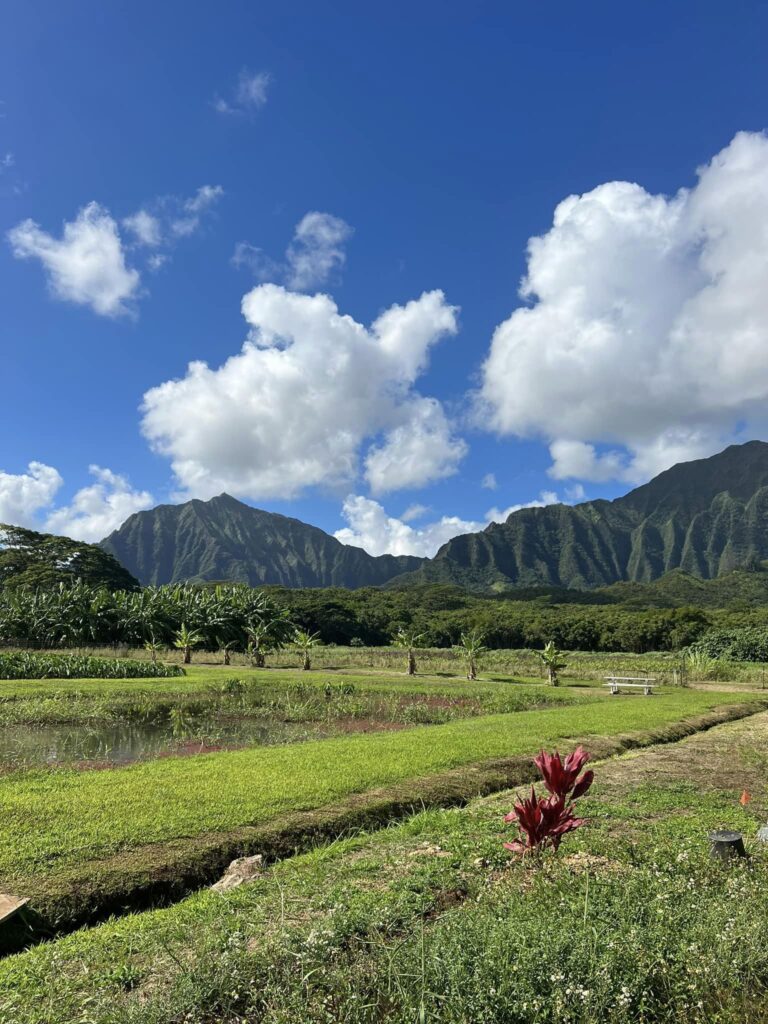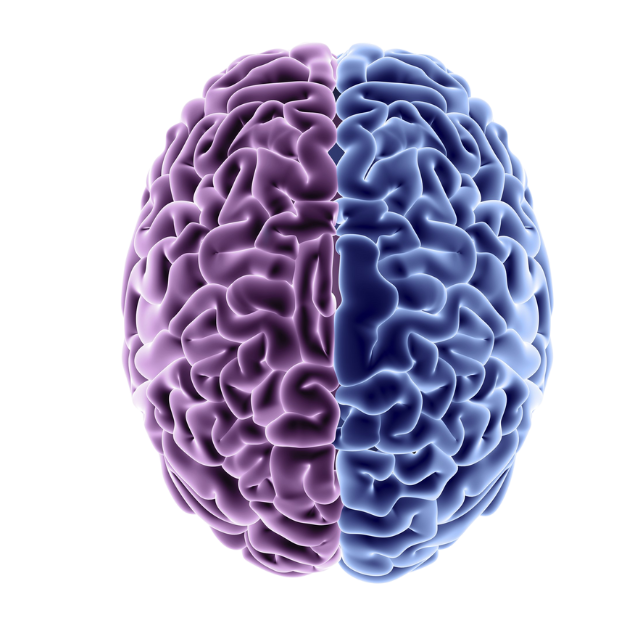In the face of escalating climate change and environmental degradation, sustainable development is critical for preserving natural resources, reducing carbon footprints, and mitigating the adverse effects of human activities on the planet. VISUALIZEin360 is committed to developing tools that benefit not only the end users, but also the environments in which they inhabit. We can foster a shift toward cleaner energy sources, minimized waste generation, and promotion of eco-friendly software development processes.
Principles of Sustainability
Creating a sustainable software technology company involves a strategic blend of innovation, ethical practices and environmental consciousness. VISUALIZEin360 prioritizes the development of solutions that contribute to social impact and environmental responsibility. This is achieved by incorporating accessibility features to make virtual reality (VR) experiences inclusive for individuals with diverse abilities and backgrounds. Additionally, through partnerships with non-profit organizations and educational institutions, VR experiences are designed to raise awareness of critical challenges and social causes in the areas of healthcare, education and environmental awareness.
Furthermore, VISUALIZEin360 is committed to minimizing its carbon footprint. This is achieved through adoption of eco-friendly practices in optimizing the software development process to reduce energy consumption. Employees are provided training related to environmentally friendly practices in both their professional and personal aspects of life, as well as encouraged to adopt remote work policies to reduce the need for physical office space.
Below are some suggestions for companies to ensure sustainable design and development practices:
- Inclusive Design:
- Accessibility Features: Integrate features such as voice commands, subtitles, and customizable interfaces to ensure user experiences are accessible to individuals with varying abilities.
- Diverse Representation: Ensure diverse representation in training algorithms and user-facing content caters to a wide range of audiences, avoiding stereotypes and promoting inclusivity.
- Educational Partnerships: Collaborate with educational institutions to develop solutions that enhance learning experiences, fostering a positive societal impact.
- Environmental Responsibility:
- Carbon Footprint Reduction:
- Green Software Development: Optimize code and processes to reduce energy consumption during software development, and prioritize efficient algorithms to enhance VR experiences.
- Eco-friendly Hardware: Source materials for VR hardware responsibly, and explore options for sustainable manufacturing processes.
- Remote Work Policies: Implement remote work policies to reduce the need for physical office spaces, lowering energy consumption and minimizing commuting-related carbon emissions.
- Renewable Energy Usage: Transition to renewable energy sources for data centers and offices to decrease reliance on fossil fuels.
- Carbon Footprint Reduction:
- Community Engagement and Partnerships:
- Social Impact Projects: Establish partnerships with non-profit organizations to develop solutions for social causes, such as therapeutic, educational or health and wellness initiatives in underserved communities.
- Open Source Initiatives: Contribute to open-source projects to foster collaboration, knowledge sharing, and the development of sustainable solutions within the digital community.
- Employee Volunteer Programs: Encourage employees to engage in volunteer programs related to sustainable education or community development, strengthening ties with local and global communities.
- Ethical Business Practices:
- Data Privacy and Security: Prioritize user data privacy and security, ensuring that solutions adhere to ethical data handling practices.
- Transparent Communication: Communicate openly about the company’s sustainability efforts, progress, and goals, fostering trust among clients, customers, and stakeholders.
Fostering Environmental Consciousness
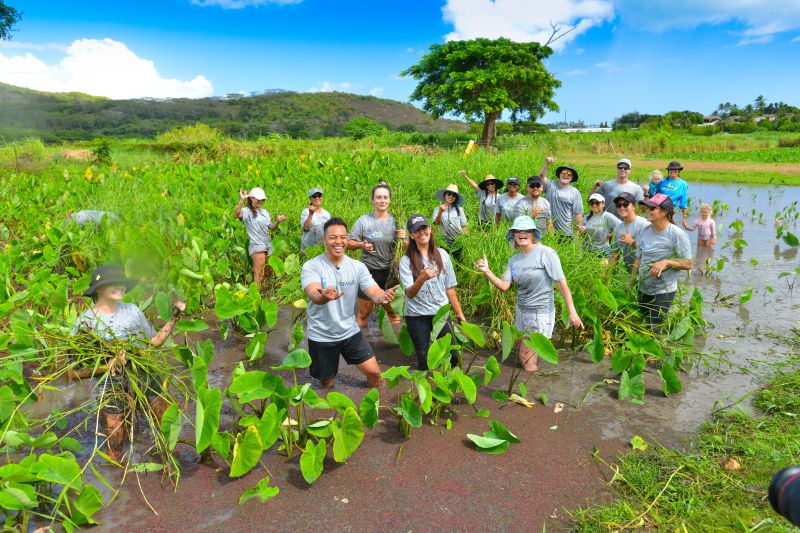

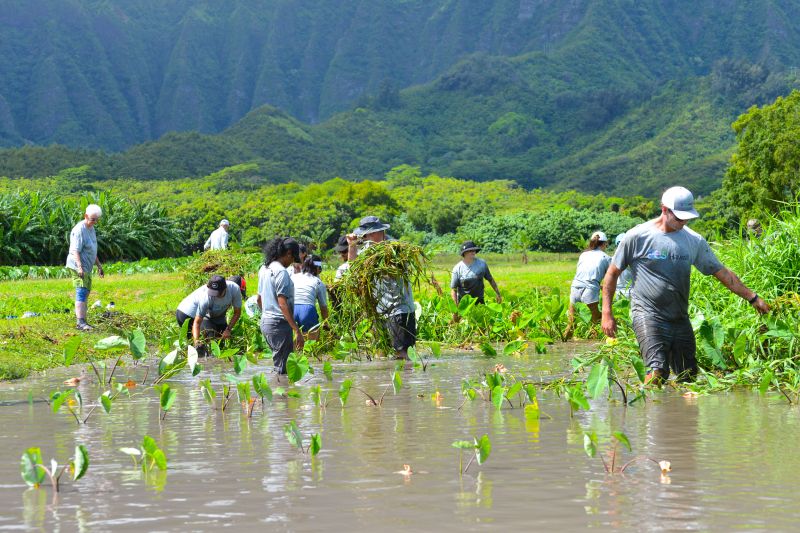
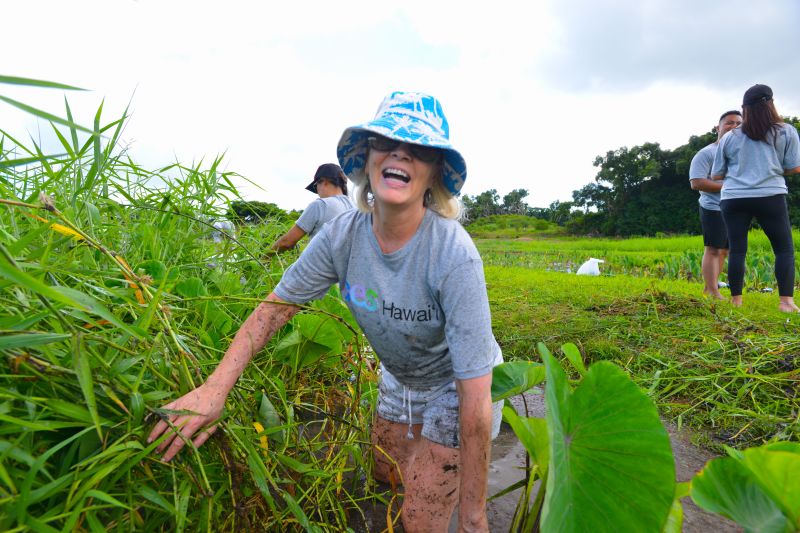
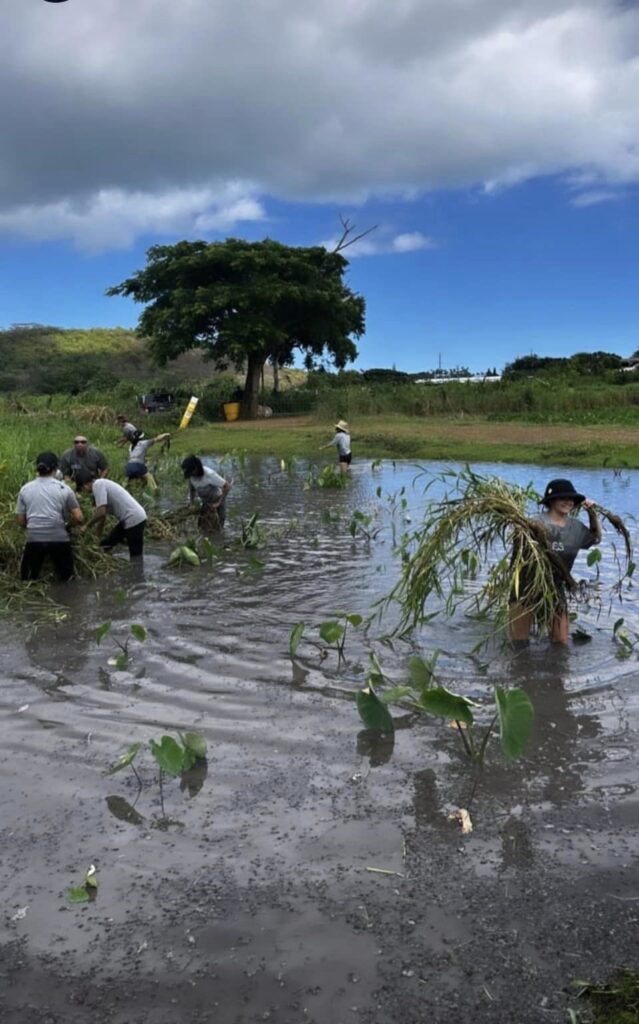
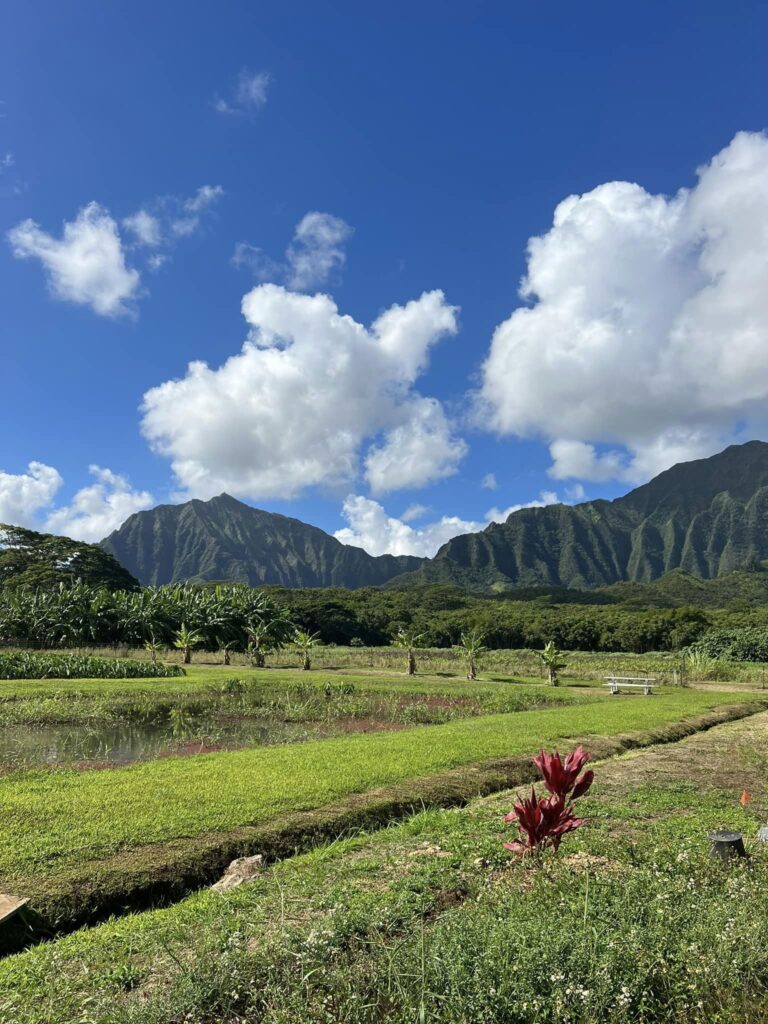
In an era marked by environmental concerns, there exists companies, like AES Hawai’i, who are redefining the landscape through accessible and widespread sustainable energy solutions. They have become a catalyst for change, driving a collective effort to overcome the pressing challenges of climate change and resource depletion. Through their alliances, they are able to leverage their technological expertise to develop innovative solutions that are both environmentally conscious and economically viable.
A lo’i kalo is a traditional Hawaiian irrigation system used for growing taro, a staple crop. Taro is the spiritual and nutritional center Hawaiian culture, and thus the taro field systems contribute to agricultural and environmental sustainability as well as cultural sustainability.
Lo’i kalo are typically found in areas with abundant water sources, such as near rivers or streams. They consist of a series of terraces or shallow pits that are dug into the ground and lined with rocks or other materials to retain water. Water is channeled from the water source into the lo’i kalo, where it is used to irrigate the taro plants. Weeds infiltrate the lo’i kalo and pull nutrients from the taro, which means they must be removed manually without disrupting the growth of the taro.
Together, we’re championing a new era of sustainable innovation. At the heart of VISUALIZEin360 operations lies a profound sense of responsibility towards the planets and its inhabitants. By nurturing a sense of responsibility at the grassroots level, we are sowing the seeds of a sustainable mindset that transcends geographical boundaries.

